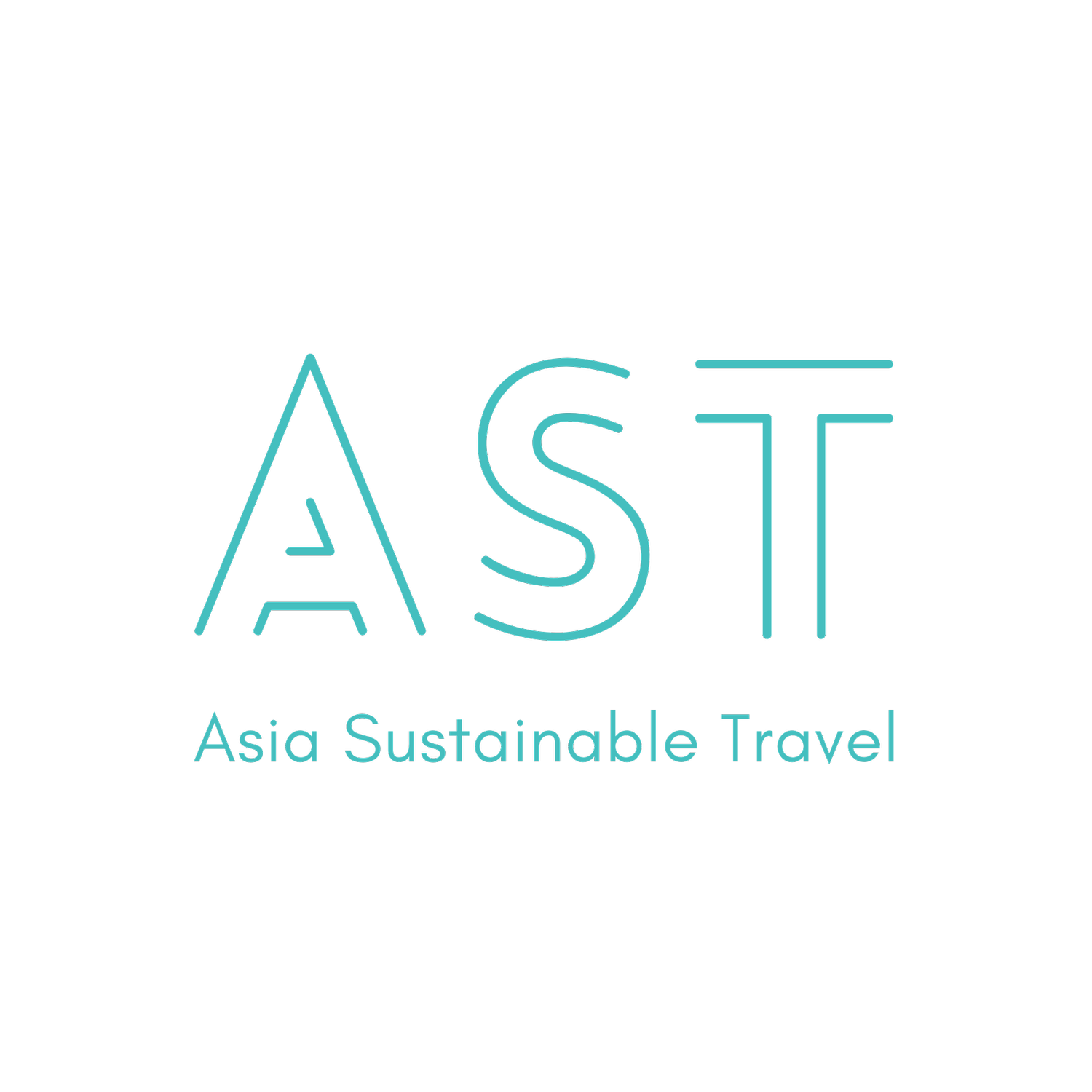Beyond Numbers: Culture, Purpose, Innovation Drive the Conversations at the Philippines Hotel Summit 2025
Explore how the Philippines is revolutionizing its hospitality sector by prioritizing sustainability, cultural preservation, and innovation. From eco-conscious practices to unique Filipino-inspired experiences, discover insights from the 2025 Philippine Hotels Industry Summit driving responsible and high-impact tourism growth.
Sign up to read this post
Join Now

